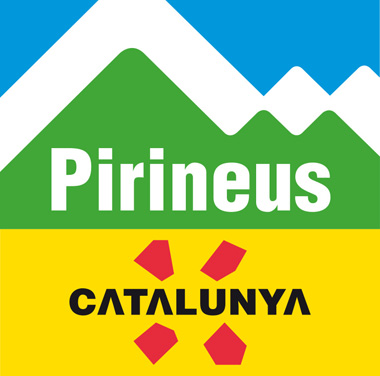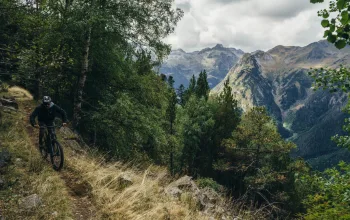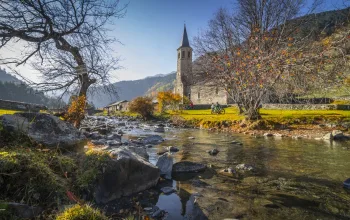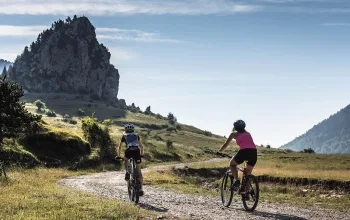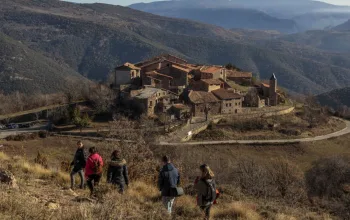Sponsored content
Fancy a road trip? Just you, the open road and some of the most astonishing natural landscapes in Europe. Beginning and ending in Barcelona, The Grand Tour of Catalonia is a fantastic way to explore the destination’s unique landscapes and culture. The full tour itinerary comprises five amazing sections, each of which can be covered in five to seven days, and which include visits and excursions along the way that enable you to immerse yourself fully in the region.
When put together, the five sections make an epic circuit around the entire region. And the Pyrenees of Catalonia figure prominently in sections three and four – and in the final leg back to Barcelona.
This ambitious venture introduces travellers to key aspects of Catalan culture while putting responsible tourism at its heart, and each stage offers glimpses into the region's rich culture, nature and food and wine. And if natural landscapes are what you're looking for, you can't go wrong with Catalonia's many nature parks or the stunning Aigüestortes i Estany de Sant Maurici National Park where you'll find hundreds of sparkling glacial lakes, towering peaks and even skiing!
Inspired by the great journeys that began in the mid-19th century, the Grand Tour of Catalonia, a route of more than 2,000km, is a superb way to get to know, live, taste and enjoy Catalonia, an adventure of discovery that each traveller can adapt to their needs, organise as they want, driving at their own pace, at any time of the year, and choosing between a host of experiences.
Here's a guide to the sections that highlight the Pyrenees of Catalonia:
Grand Tour Section 3: Very Close to the Heavens
Route: Lleida to La Seu d’Urgell
Distance: 357km
Duration: 5 stages
Spend a few days in the mountains on a journey through high-altitude landscapes that offer the best starry skies in Catalonia. Travel to the heart of the Pyrenees, hike between glacier lakes, spectacular waterfalls and mountain towns, before discovering World Heritage Romanesque architecture.
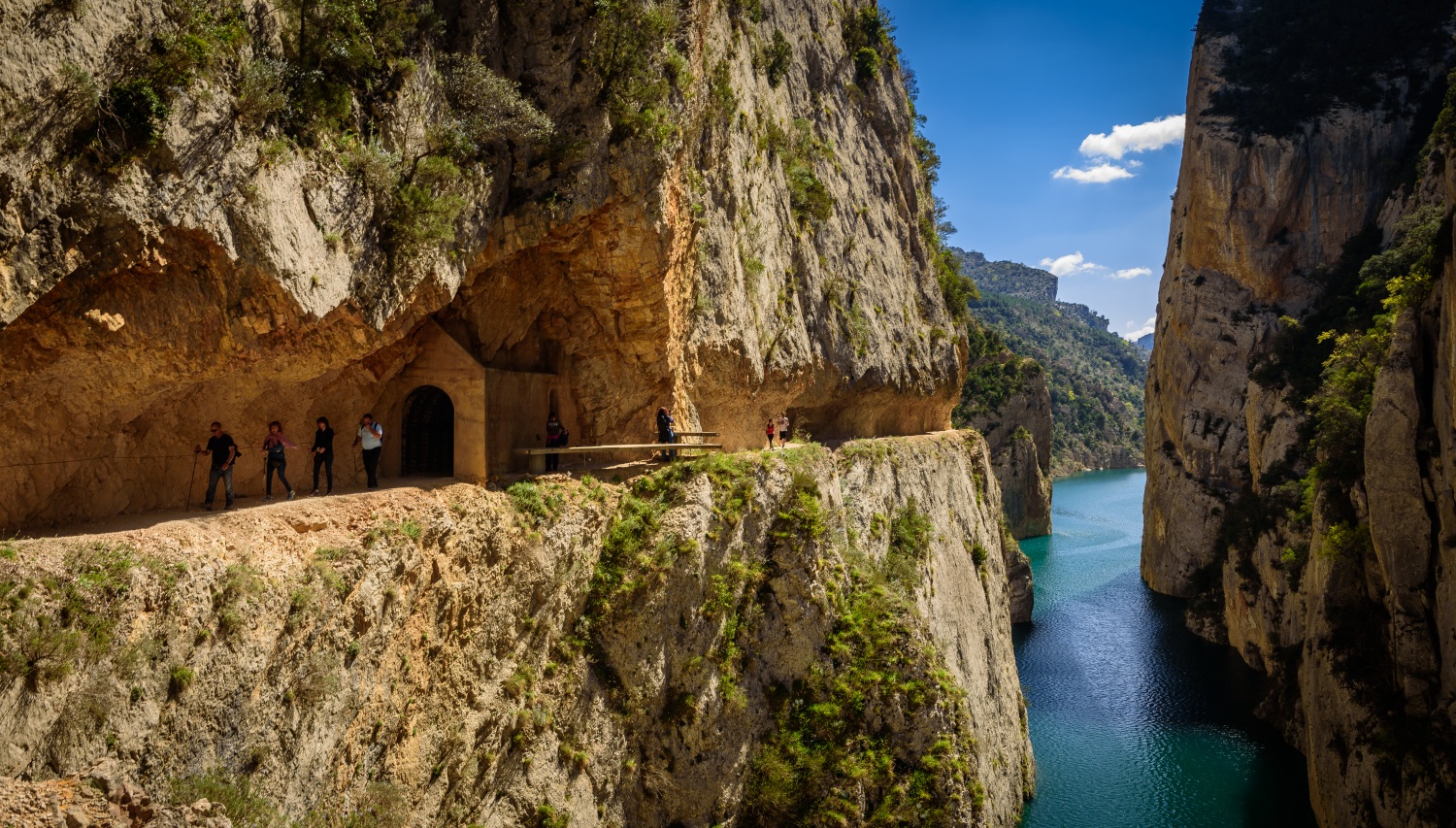
Stage 1: Lleida to La Pobla de Segur
Distance: 107km
The Grand Tour sections in the Pyrenees of Catalonia begin in Lleida: explore the cathedral and castle and climb the bell tower of La Seu Vella to marvel at the views, before heading out on the road. A stop-off at Àger is a must to experience one of nature's greatest spectacles - the starry night sky. The mountains of the Montsec, an official Tourist Destination and Starlight Reserve, are home to the Centre d’Observació de l’Univers where you can learn more about the mysteries of the cosmos and stargaze to your heart's content.
And another highlight is the Congost de Mont-Rebei: the vertiginous landscape and most famous rock in Catalonia can be explored on foot, trekking through a narrow pass, or in a kayak along the Noguera-Ribagorçana river. And in the Montsec mountains you can visit an observatory to learn about the wonders of this Starlight reserve and observe the miracle of the heavens.
Stage 2: La Pobla de Segur to Boi-Taull
Distance: 62km
Spend a day in Catalonia’s only national park, the wonderful Aigüestortes I Estany de Sant Maurici National Park, with its 200 or so glacial lakes surrounded by towering 3,000m peaks. In spring and summer, gentians and rhododendrons add a splash of colour to the green meadows. A hike in the Val de Boi is a must – the area is a walkers’ paradise with trails for all ages and fitness levels.
It’s also the ideal place to try hearty Pyrennean cuisine, including meat cooked a la llosa – slate-grilled. In the charming village of Taüll you’ll find Sant Climent and Santa María, two churches consecrated just one day apart in 1123 - historic examples of the Romanesque architecture which has earnt this area a place on the UNESCO World Heritage List.
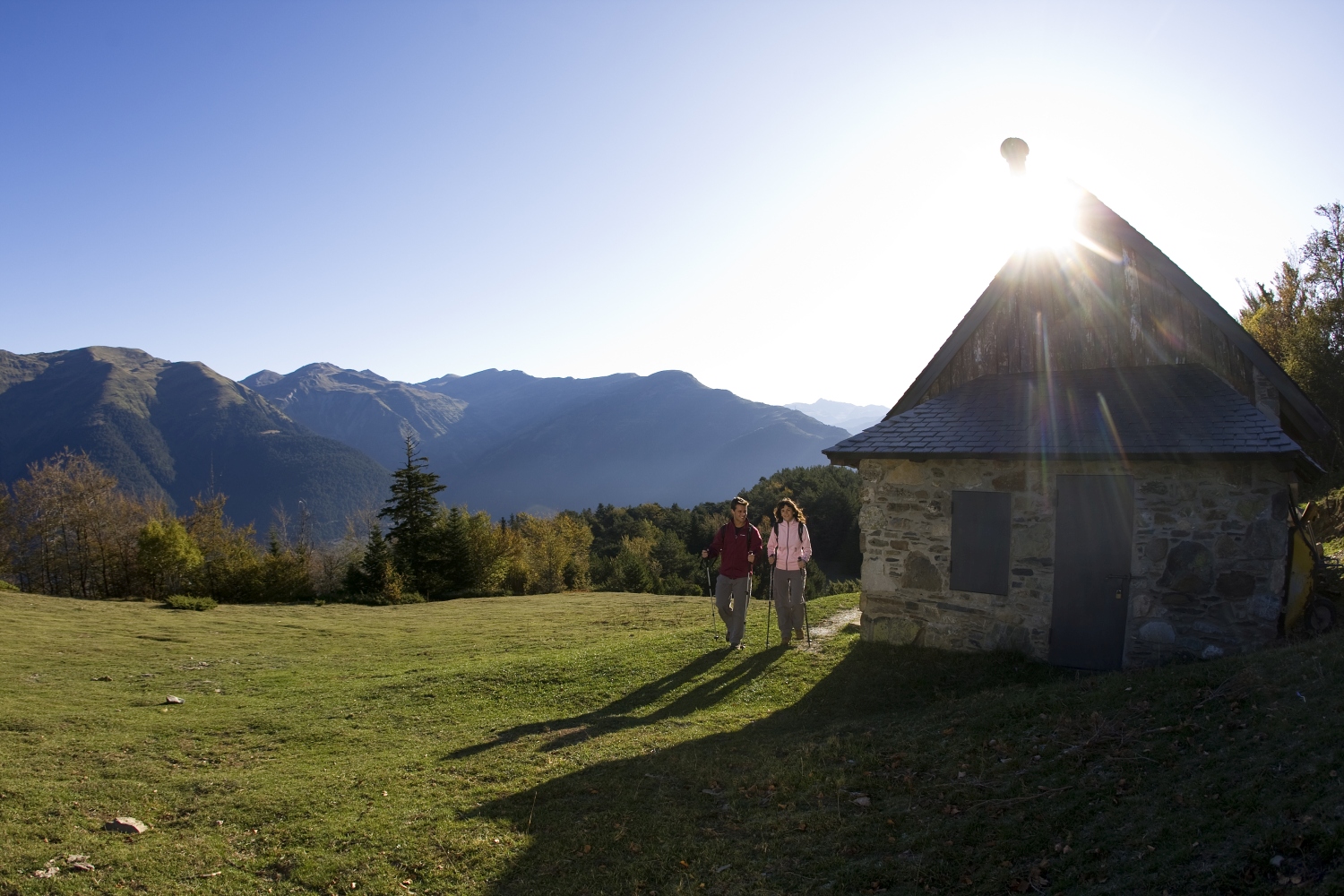
Stage 3: Boi-Taull to Vielha
Distance: 60km
The Grand Tour arrives in the Val d’Aran, a Pyrenean territory with its own language – Aranese – and a nature shaped by its unique geography: unlike other Pyrennean valleys, the Val d’Aran faces the Atlantic and its climate is very different.
From Vielha, the Aranese capital, take a drive along the Garonna river to the picturesque Artiga de Lin, a series of green meadows, ravines and rivers that form one of the most beautiful and easily accessible valleys in Val d’Aran. Here, a short walk brings you to the spectacular Els Uelhs Deth Joeu waterfall. Arriving back for an evening in Vielha, the town’s marvellous hospitality is best enjoyed with a Pintxo Pote, a tapas bar-crawl through the old town.
Stage 4: Vielha to Sort
Distance: 74km
On the fourth day, the route takes you deeper into the Val d’Aran with a visit to some of the area’s charming stone villages, including Arties and Salardú, the latter home to a fine Romanesque church, Sant Andrèu, with its octagonal tower, frescoes and wooden statue of Christ. From Salardú, a hike is a must to explore the Colomèrs Cirque, the largest lake area in the Pyrenees, with seven glacial lakes. For a more relaxing option, you could visit the Banhs de Tredòs, the highest-altitude thermal spa in Europe. End the day with a delicious Aranese olha, a hearty soup typical of the valley’s cuisine.

Stage 5: Sort to La Seu d’Urgell
Distance: 54km
The highlight of this stage is the chance to experience the thrills of white-water rafting on the Noguera Pallaresa River, the Catalan capital of rafting, since the 1980s. The area also offers opportunities to try hydrospeed, canoeing, canyoning and bungee jumping. If adventure sports are not your thing, the Val d’Àneu offers alternatives such as an ecomuseum and a visit to award-winning cheese producers.
Another interesting stop is at the picturesque town of Gerri de la Sal, with its medieval bridge, 11th century monastery, and salt marshes. The leg ends in the town of La Seu d’Urgell, the Catalan capital of cheese.
Grand Tour Section 4: Ode to Nature
Route: La Seu d’Urgell to Figueres
Distance: 357km
Duration: 5 stages
History, art and nature feature heavily in this leg, which takes in the village that inspired Picasso, the paths of exile of the Cathars, enchanted forests that were a refuge for poets and a landscape formed by dozens of volcanoes. You’ll pass through medieval villages and discover the culinary secrets of many Catalan recipes, before ending the leg in Figueres, home-town of another great artist, Salvador Dalí.
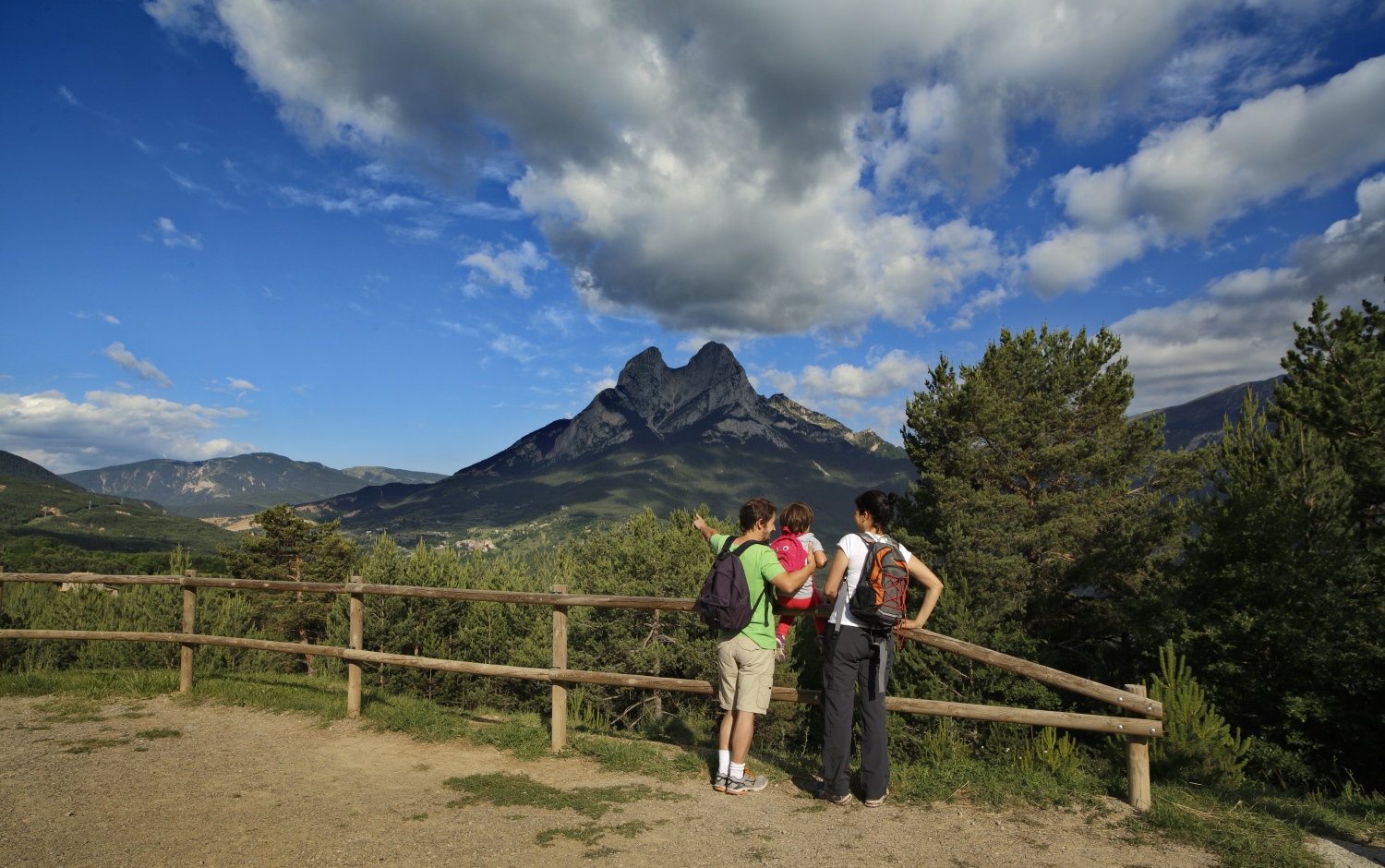
Stage 1: La Seu d’Urgell to Bagà
Distance: 90km
In La Seu, take time to visit the Cathedral of Santa Maria, the only fully Romanesque cathedral in Catalonia. After a panoramic drive to Gósol, through pine forests and past picturesque high-altitude villages, you can wander past houses painted by Picasso, or go for a circular hike around one of the most iconic mountains of Catalonia: the Pedraforca. It takes in part of the route travelled by the Cathars in the Middle Ages, as they fled the Inquisition. The day ends in Bagà, with a chance to taste delicious Catalan dishes such as potatoes with black pudding!
Stage 2: Baga to Ripoll
Distance: 128km
As you head into the high-altitude region of La Cerdanya - which features 17 municipalities located more than 1,000m above sea level - the route passes through Puigcerdà, a town sitting alongside a beautiful lake, as well as a collection of villages with short strong names such as Urtx, Alp and Das. In the afternoon, make time to visit Castellar de N’Hug, the source of the Llobregat river that flows through Catalonia from the Pyrenees to the Mediterranean. Journey’s end for this stage is in Ripoll.
- READ NEXT: Weekender Catalunya - Travel the Grand Tour
Stage 3: Ripoll to Olot
Distance: 75km
Starting point is Ripoll’s monastery of Santa Marí a de Ripoll, founded in 879, with biblical characters carved in stone. From Ripoll, head to Ribes de Freser where you can take the rack railway to the picture-perfect head of the Vall de Núria and follow a walking trail or horse ride to the Verge Forest. Back on the road, the route heads through Camprodron – home of some famous artisan cookies – and several other beautiful villages towards Olot.

Stage 4: Olot to Banyoles
Distance: 30km
A wonderful leg through a unique place – the volcanic landscape of the Natural Park La Garrotxa, the best example of volcanic terrain on the Iberian Peninsula. It has 40 volcanic cones and more than 20 lava flows. The best way to view this spectacular terrain is either from the air, with a hot-air balloon ride, or by cycling part of the Greenway of Carrilet de Olot.
One of the jewels of the Garrotxa is the Croscat cone – the youngest volcano on the peninsula, and walking trails take you right up close. Spend some time also getting to know Olot with its wonderful market, full of local delicacies, including sausages and chocolates.
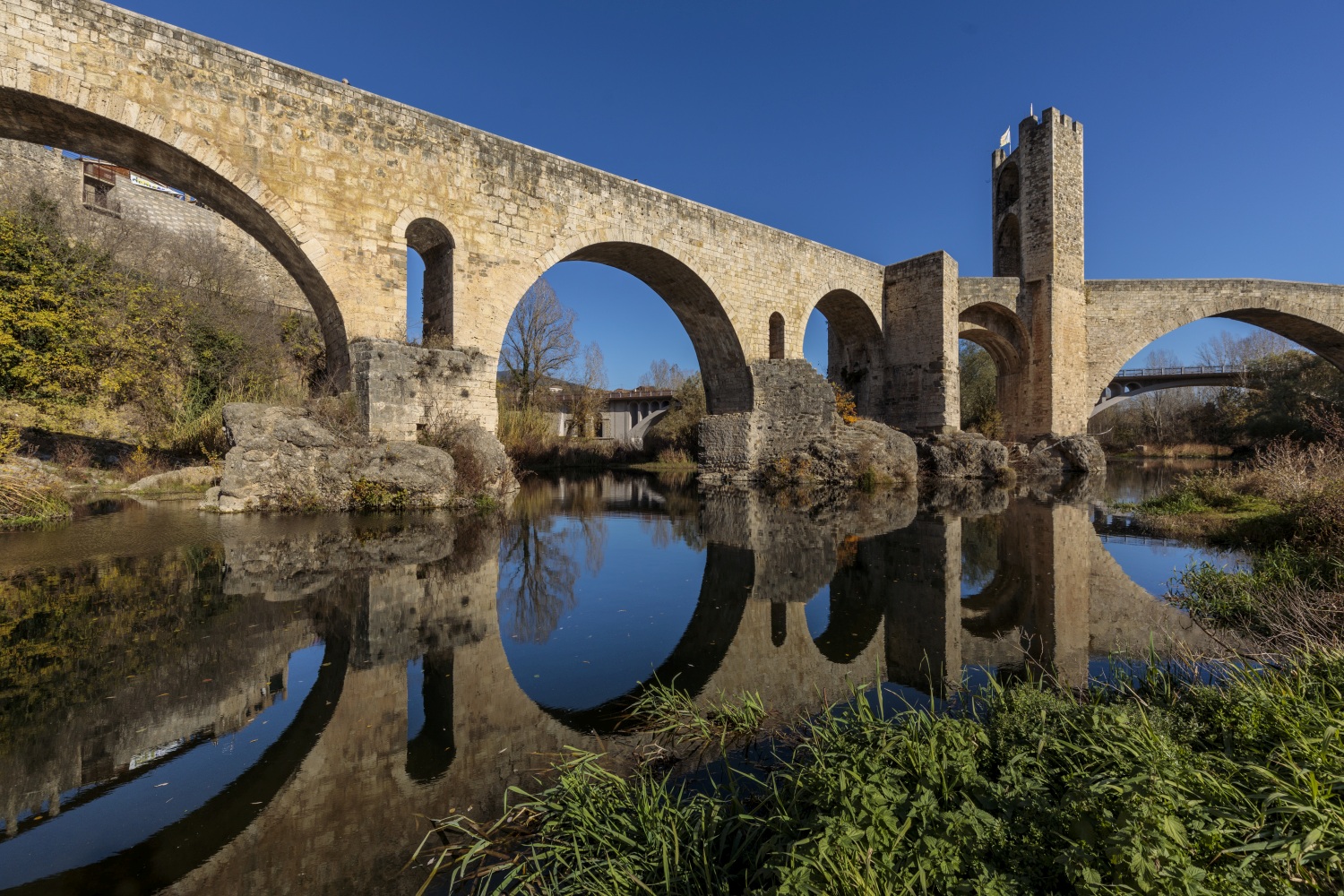
Stage 5: Banyoles to Figueres
Distance: 34km
The lake of Banyoles, midway between the Pyrenees and the flat plains of the Empordà offers an ideal opportunity to take to a kayak to explore the photogenic fisheries that dot the shoreline. From Banyoles, the road runs through pine forests to the noble town of Besalú, with its magnificent Romanesque bridge over the River Fluvià and well-preserved 13th century synagogue. The day, and the stage, ends in Figueres, home-town of Salvador Dali.
Grand Tour Section 5: From Surrealism to Modernism
Route: Figueres to Barcelona
Distance: 525km
Duration: 5 stages
This final part of the Grand Tour begins with three final stages in the Catalan Pyrenees before the route heads south to Barcelona.

Stage 1: Figueres to Pals
Distance: 128km
To begin, explore the Dali triangle, that takes in his home-town Figueres, the Port Lligat house and the Castell de Púbol, as you unlock the artist’s universe of L’Empordà. Drive through the vineyards towards the coast to the Cap de Creus Natural Park. After a lunch stop in the pretty coastal town of Cadaqués, the route bends south along the Bay of Roses.
A highlight of this stretch is the Empúries Ruins, the place where the Romans and Greeks entered the peninsula. In L’Escala, you can sample the famous L’Escala anchovies!
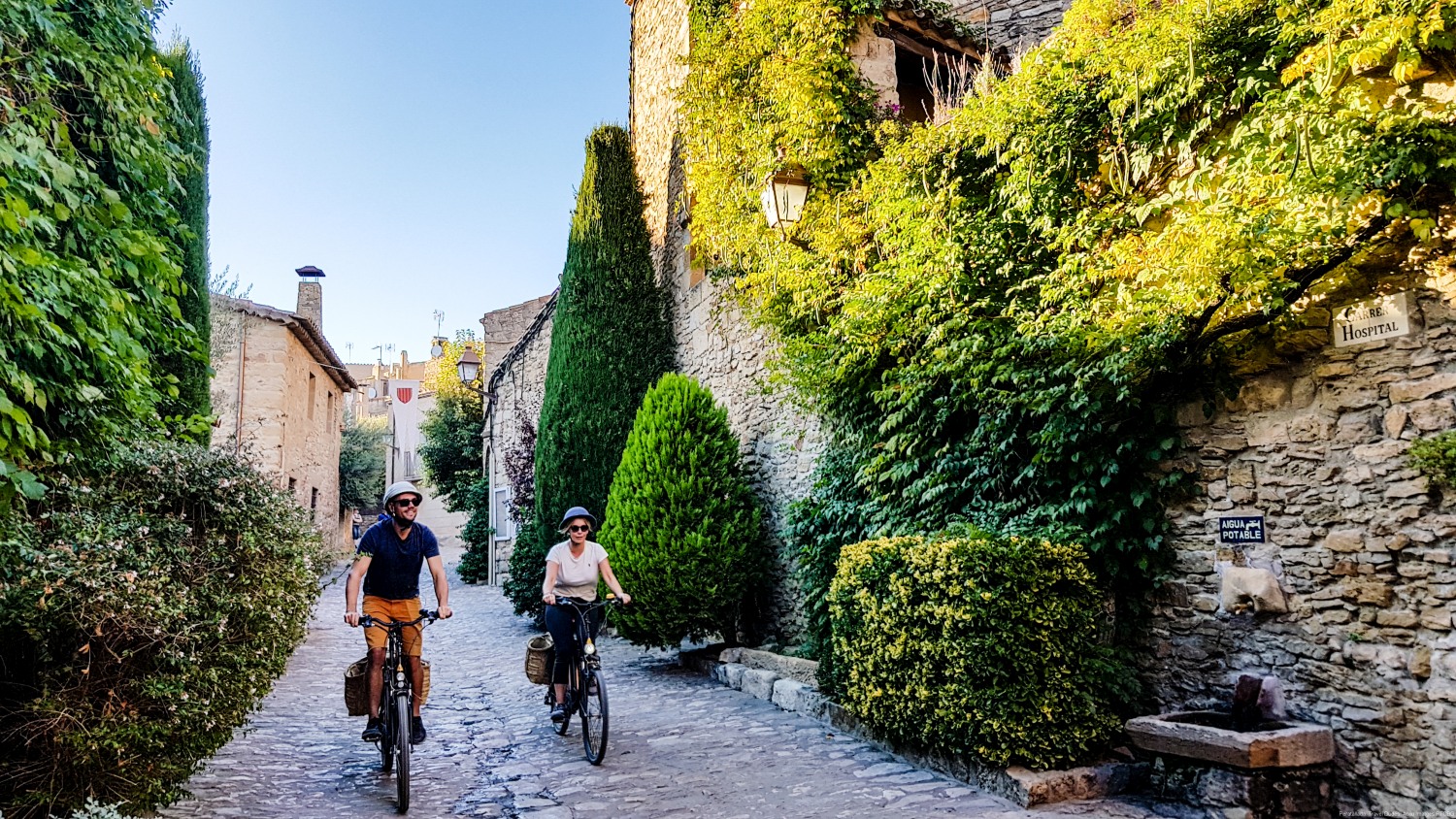
Stage 2: Pals to Tossa de Mar
Distance: 72km
An e-bike is a great way to explore the medieval towns and villages of the Empordanet, including Pals itself, with its walled enclosure. Time spent in the lands of Girona apples would not be complete without sampling some of the region’s ciders. In Palafrugell, designated ‘a charming village’ you can explore the heritage of the writer Josep Pla, before continuing to Palamós, famed for its cooking school.
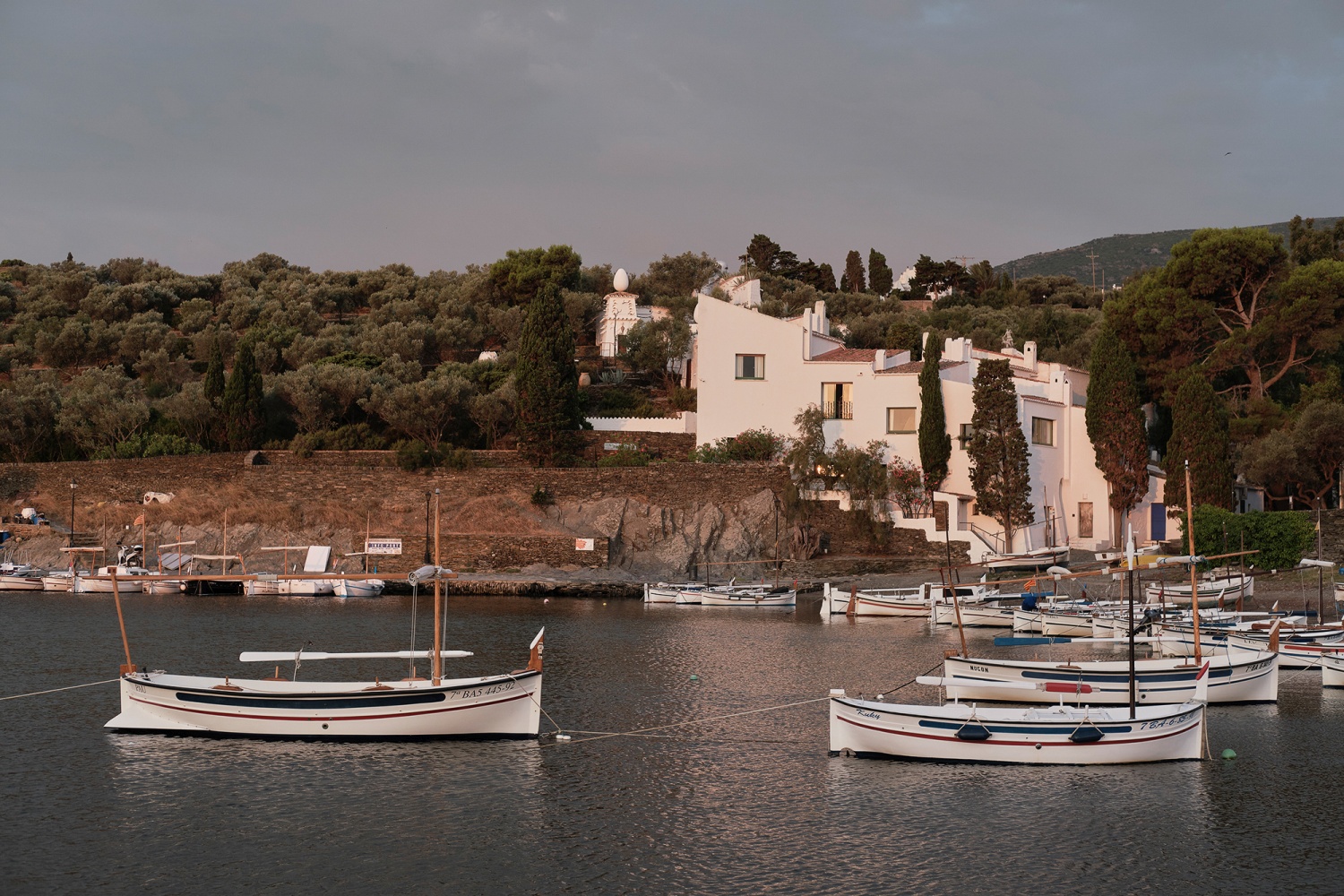
Stage 3: Tossa de Mar to Hostalets d’en Bas
Distance: 90km
After an opportunity to enjoy the seaside town of Tossa de Mar, and to walk part of the Camí de Ronda with some spectacular clifftop views, the route heads to Lloret de Mar. On again to the botanical gardens of Blanes, and a stop at the temple overlooking the cove of Sa Farconera – one of the most photographed spots on the Costa Brava. Then the route heads inland to Girona, for a gastronomic tour, before reaching the southern stretch of La Garrotxa and Hostalets d’en Bas, a beautiful town of the Vall d’En Bas.
The Grand Tour then leaves the Catalan Pyrenees for its final stages as it heads south to Barcelona.
For more details of the Catalan Pyrenees sections of the Grand Tour and full details of the entire Grand Tour of Catalonia, go to grandtour.catalunya.com/
Getting to the Pyrenees
Getting to the Pyrenees from the UK is easier than you might think, with several options of airports to fly into, as well as possible rail links that can be used.
Flights
The closest larger airports are Barcelona and Toulouse, both of which are served by multiple UK airports and several airlines such as British Airways, easyJet and TUI.
You can also choose to fly to smaller, more central airports such as Girona Costa Brava, where you can fly to with Jet 2, Ryanair and TUI, from many UK airports, including London Gatwick, Doncaster, Birmingham and Newcastle.
By Train
If you prefer to get here by rail, there are international train links from the UK to Barcelona via the Eurostar from London St Pancras to Paris Gare du Nord and onward TGV services from Paris Gare de Lyon to Barcelona Sants. The total time for this is about 10.5hrs. From Barcelona there are high-speed rail connections to Figueres, Girona, Tarragona and Lleida.






